Contents
- 1 What is Rapid PCB Prototyping
- 2 The Benefits of Using a Rapid PCB Prototyping Service
- 3 Disadvantages of Rapid PCB Prototyping
- 4 How to Choose a Suitable Rapid PCB Prototyping Service Provider
- 5 Applications of Rapid PCB Prototypes
- 6 Rapid PCB Prototype Cost Comparison and Considerations
- 7 Rapid PCB Prototype Quality and Test Considerations
- 8 WellPCB Rapid PCB Prototyping Service
- 9 Conclusion
What is Rapid PCB Prototyping
Before diving into Rapid PCB prototyping, let’s explain what we mean by the term “prototyping.” PCB prototype is an early version of the product built for testing purposes. In general, prototyping is an effective method for evaluating innovative design ideas; it allows the manufacturer to significantly improve its precision and quality.
Rapid PCB Prototyping Vs. PCB Standard Production
The following table will help us understand the main differences between Rapid PCB Prototyping Service and PCB Standard Production.
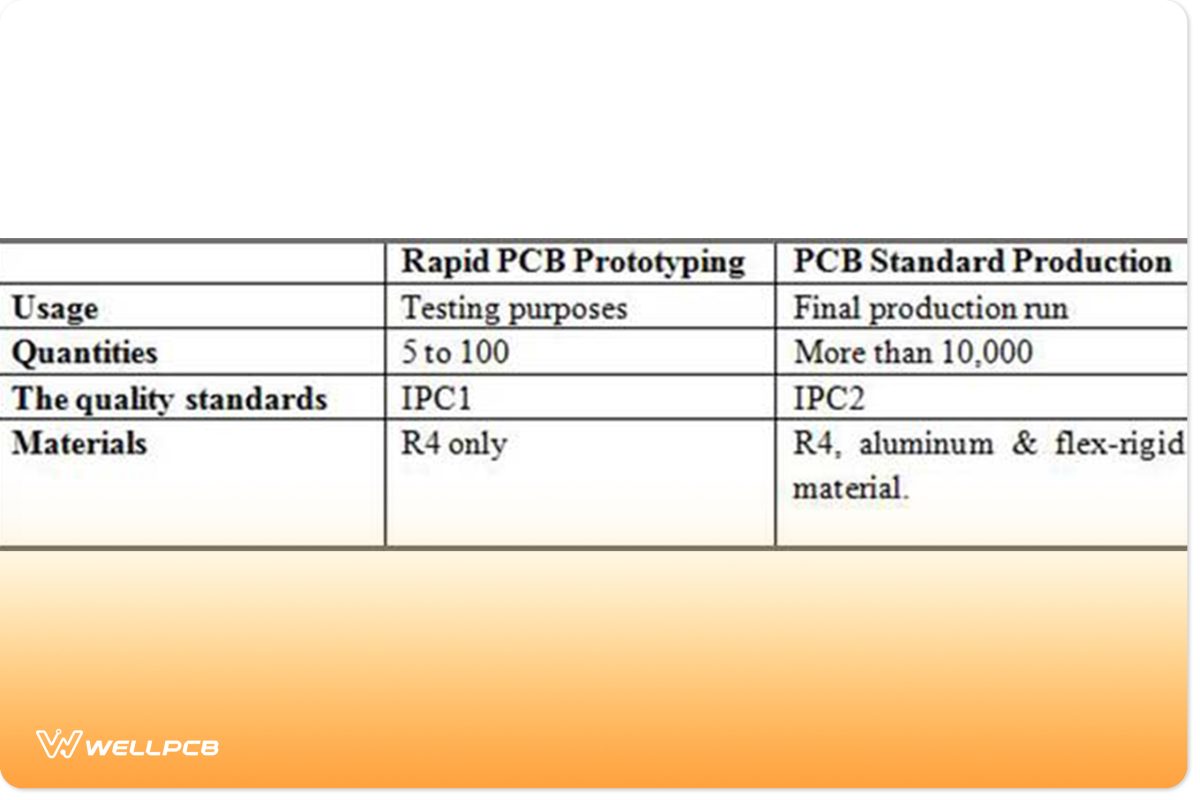
The Benefits of Using a Rapid PCB Prototyping Service
Rapid PCB prototyping plays a vital role in evaluating your new designs. Let’s go through 10 advantages we can gain from fast prototyping.
Short turnarounds
Once you finish your new product’s design, the next step is to validate and test it to ensure its functionality before the final manufacturing phase. Thanks to cutting-edge prototyping technologies, you can get your prototypes within a few hours! That means you will not have to worry anymore about the delays accompanying this process.
Flexibility in modifying designs
Making prototypes for your product rapidly not only reduces time delays but also provides the ability to validate and verify the functions of your PCBs in a very flexible way. When you have sufficient prototypes, you can precisely measure your design practically. More interestingly, you will have enough time to learn about the flaws and issues in the layout and fix them.
Creative designs
The more you know about your design, the more creative you become. Iterative testing and examining your model can help you develop innovative ideas you didn’t know before. Additionally, you will be able to implement these new ideas practically in a short time.
Reduced time to market
We are in a competitive market. With a short transition period, having the ability to move from the design phase to the manufacturing phase will give you the competitive advantage you need.
Several test runs of PCB design
With many fo prototypes readily available for testing and verification, you can set several examinations under different conditions and circumstances to ensure a certain level of quality, resulting in final first-class products.
Checking design flaws
Imagine how costly it is to discover a fatal mistake in your designed model after producing thousands of PCBs! We don’t want this to happen, and thanks to rapid prototyping, we can avoid it.
Test the quality of standard PCB.
We can realistically expect how the last product will perform regarding quality standards without starting the final production run from prototypes. This helps us establish a clear picture of the excellence and worth of the final product.
Test components separately
One of the problems encountered in advanced projects is how to troubleshoot several PCB-based components. It is tough to test and verify such models as one part. However, we can have a single prototype for each component thanks to PCB prototyping. Having the ability to test each component separately can significantly ease the troubleshooting process.
Reduced Costs
Detecting issues and problems in the PCB model before the final production phase eliminates the risk of losing your money in a final manufacturing run. Moreover, the prototypes accelerate testing and verification, leading to a shorter market time and reducing manufacturing costs.
Better Final Products
Our goal is undeniably to achieve high-quality PCB products at the final stage. Rapid PCB prototyping can minimize errors and issues in your designs. It will also enable you to become more creative as you learn more about your product before manufacturing it.
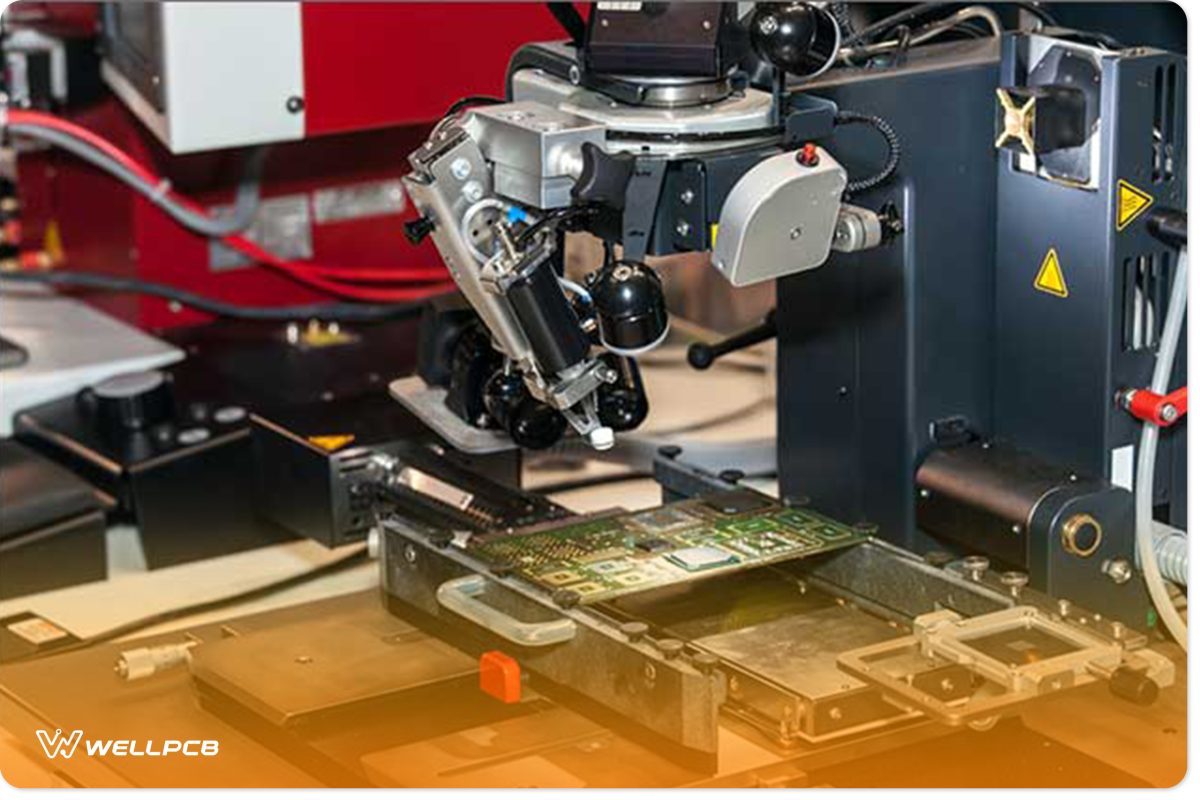
Disadvantages of Rapid PCB Prototyping
Limited-Quality Boards
PCB prototypes are created for testing and verification purposes. As a result, the boards’ tolerance is less than that used for standard production, and they are made with limited materials.
Delays the Beginning of the Standard Production
You can’t start the final manufacturing run before completing all the scheduled tests and ensuring that the prototypes meet all the required quality standards. These processes can delay the beginning of the standard production phase.
Limited Number of Layers
Unlike the boards employed in the final production run, prototype boards have a limited number of layers.
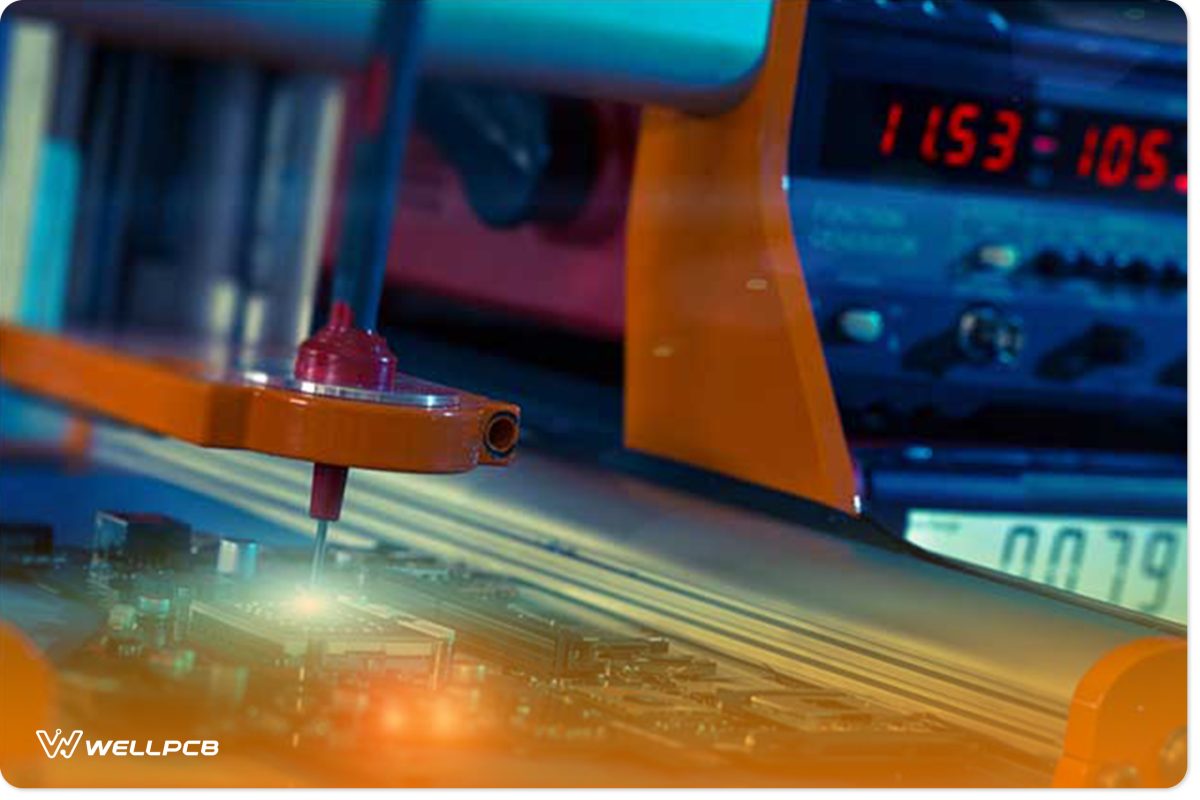
How to Choose a Suitable Rapid PCB Prototyping Service Provider
Prototyping is recognized as one of the most important processes in PCB manufacturing, as it plays a decisive role in determining the quality of your final output. Therefore, you must be careful when choosing the right provider for your PCB prototypes.
Let’s now discover what we need to look for in the PCB prototyping service provider:
Immediate Quotes
Always look for a provider who will give you an instant quote for your products very quickly.
Online Management Website/App
It is preferred that you can order, manage, and track your project online. Search for a provider offering an online website or app platform for project management.
House Components
The manufacturer that has readily available components in-house helps reduce the overall costs. Given that, you can order many components with extra savings.
In-House Assembly
Involving a 3rd party service provider for assembly is not desirable because it may introduce time delays. Therefore, always look for a manufacturer with an assembly line.
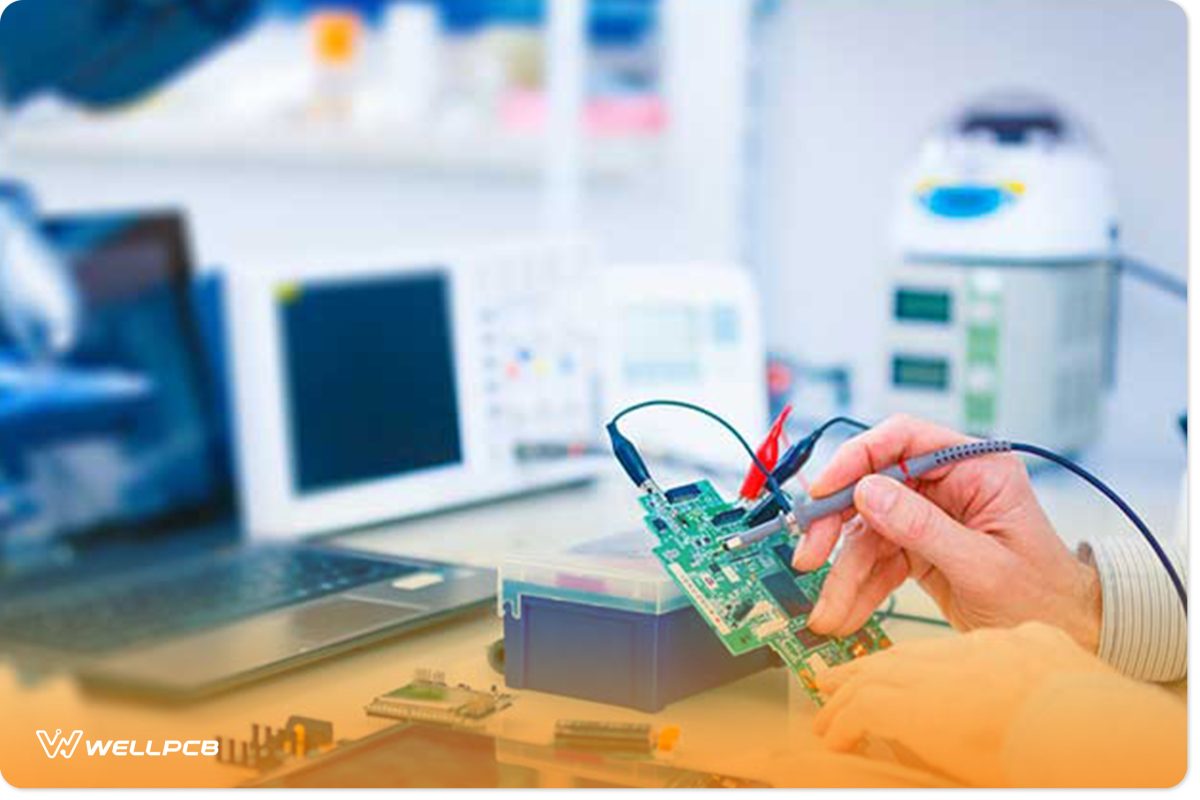
Applications of Rapid PCB Prototypes
Rapid PCB prototyping is important in the PCB planning and production process.
It allows designers and manufacturers to validate their designs, identify flaws, test new concepts and optimize the layout and performance of the PCB design.
Let’s take a deeper dive into how fabricators and manufacturers can apply rapid PCB prototyping:
Proof of Concept (PoC) Validation
Rapid PCB prototyping allows manufacturers to build quick proof-of-concepts (PoCs) to ensure that designs are viable for mass production.
A lot of money goes into bulk-producing PCBs. As such, it’s important for manufacturers to ensure the PCB functions as requisite.
This allows manufacturers to minimize risks and losses for designers, stakeholders and electronic device producers.
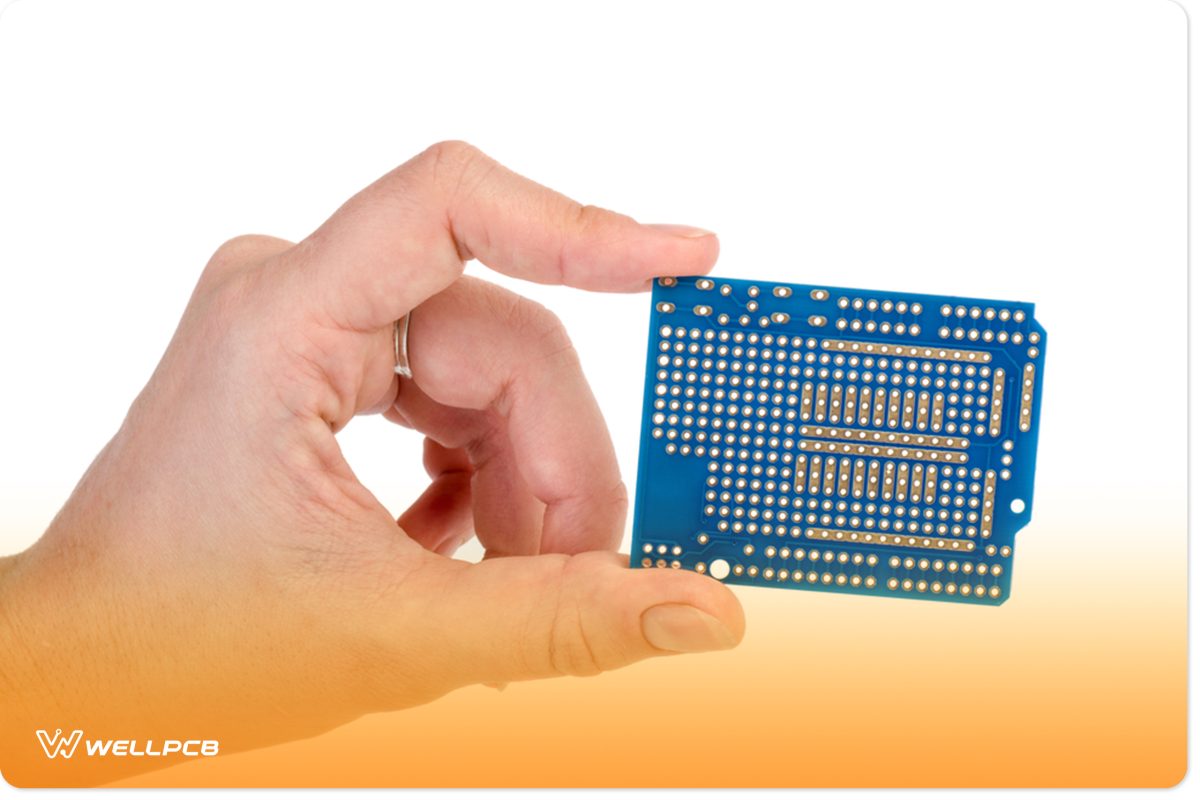
Blue Prototyping Pcb Hand Isolated
Reduction of Time-to-Market (TTM)
Rapid PCB prototypes allow manufacturers and designers to manage multiple workflows. They can quickly test one design while working on another design.
Moreover, they can deliver speedy improvements to the original PCB’s design. This ultimately leads to innovation and a reduction of Time-to-Market (TTM).
Speedy Design Release Schedule
As we mentioned in the previous point, rapid PCB prototyping allows designers and inventors to deliver more innovative PCB and electronic designs.
It gives these parties the opportunity to work with actual prototype boards rather than virtual designs.
They can then test these PCB prototypes in the real world. They can also reconfigure the layout of the components or add or replace them.
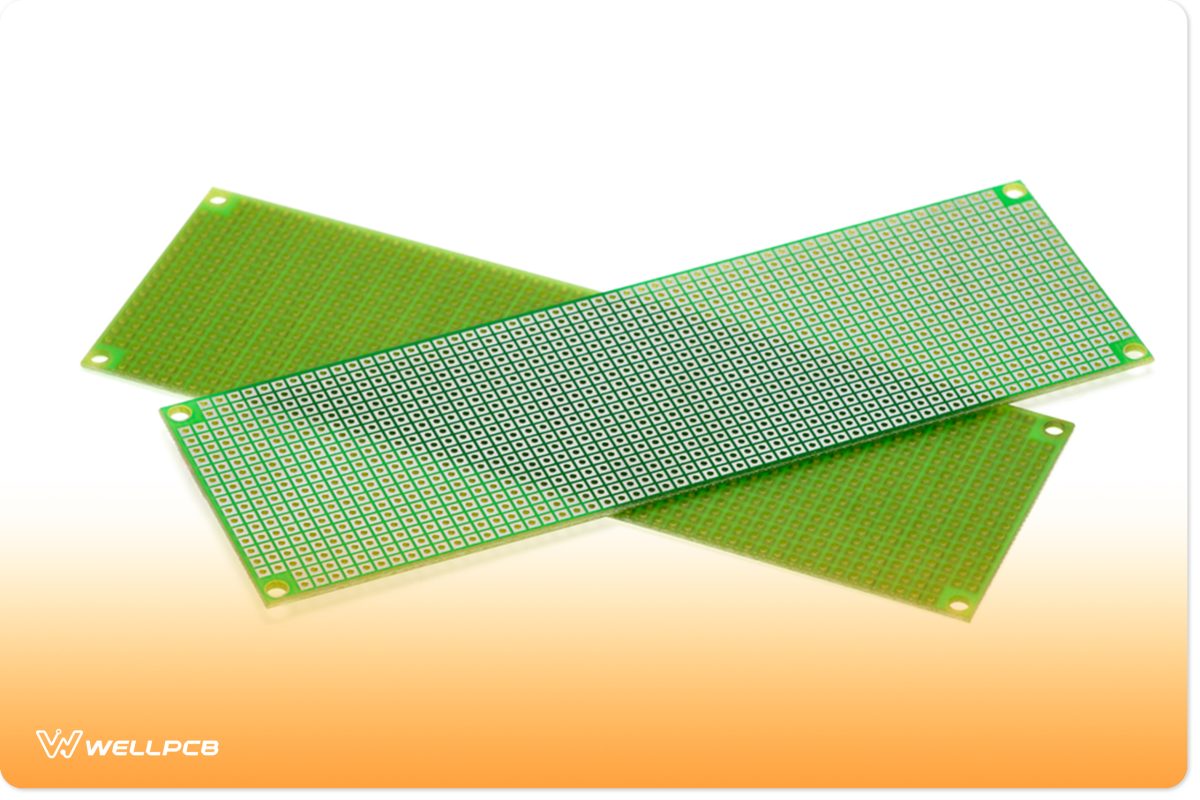
Two Printed Circuit Board Prototyping Isolated
Rapid PCB Prototype Cost Comparison and Considerations
As manufacturers, engineers, and designers budget for the rapid PCB prototyping process, they must consider a few factors.
The cost for rapidly producing PCBs isn’t the same as normal prototyping or producing a complete PCB.
Thus, stakeholders must undertake rapid PCB prototyping with care – especially about cost and pricing.
These are factors and comparisons you should consider:
Cost Per Area
Most manufacturers charge based on area rather than units. They calculate the cost per square inch/meter.
This method allows more flexible and optimal pricing while also ensuring control.
Nevertheless, there are instances where manufacturers may charge per unit (per prototype board).
In these cases, producing prototypes in small batches can be more expensive than producing them on a large scale.
Thus, it is important that you understand how a manufacturer charges for each prototype they produce.
Higher Upfront Costs
Adopting rapid prototyping in the design and fabrication process can increase total upfront manufacturing costs.
However, it may also reduce costs in the long run. Since PCB prototyping can help prevent failures, minimize defects and ultimately reduce waste, it can (potentially) reduce the cost of mass-producing the PCB.

Factory Office Meeting Room
Rapid PCB Prototype Quality and Test Considerations
It’s important for designers, engineers and other concerned parties to understand that prototypes aren’t as good as the final product.
They’re good enough to help you run preliminary tests and verify certain design concepts. Regardless, there are still some quality and test considerations you should be cognizant of. For instance:
Functional Testing Comes First
When testing the prototype, you should focus on functional experimentation. You should test if the design works before moving on to how optimally it performs.
Considering Size and Dimensional Differences
As we previously mentioned, while prototype PCBs try to match the final product as best they can, they can never be equivalent in quality.
This applies to prototypes that manufacturers have produced through non-rapid approaches, too.
Quality is not the only difference. The dimensions and layout may not match the final product. Properties such as trace width, through-hole or drill size and position may differ. These inaccuracies are more prone to occur in rapid PCB prototyping.
As such, engineers, designers and all concerned parties should forgo strict spacing standards related to spacing and stitching during prototyping and testing.
Instead, these parties should focus on electrical and radio frequency functionality and performance when assessing the prototype board.
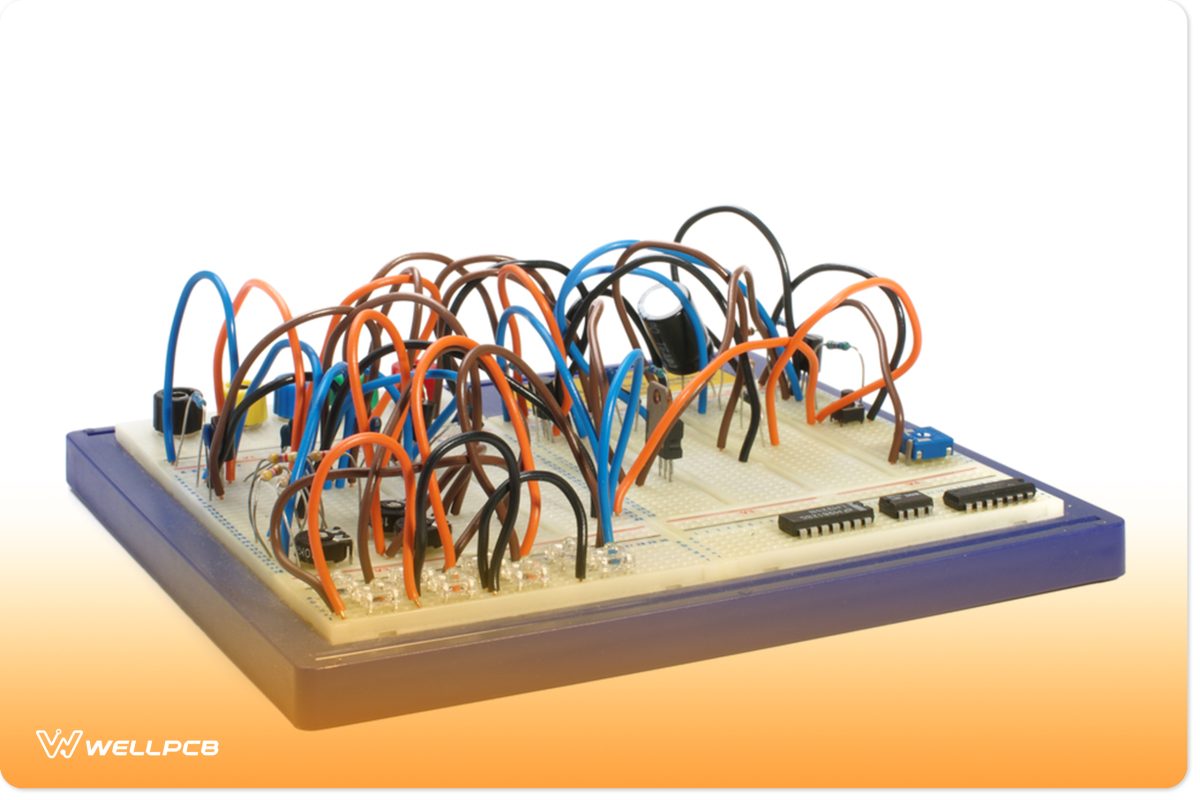
PCB Prototyping
Addressing Layer Count
This point also relates to cost. The final PCB may consist of multiple layers. It’s a good idea to deviate from this when commissioning a rapid PCB prototyping order. Thinner single-layer boards not only cost less to produce, but they’re also faster to fabricate.
Albeit, you don’t have to stick to thin PCB prototypes. You can employ these types of prototypes in the first phase of testing.
As you stabilize and improve the design, you can commission prototypes more consistent with the construction and build of the planned final PCB.
One of the main advantages of rapid PCB prototyping is that it enables phased testing and improvements. For each phase, you can essentially produce prototypes with different specs.
WellPCB Rapid PCB Prototyping Service
At WellPCB, we understand how important it is to realize fast PCB prototyping for our customers and how it affects the overall innovation progress. Thanks to our state-of-the-art prototyping machines, we are committed to quickly creating and delivering your PCB prototypes. That reduces time to market, giving you the competitive lead you need to achieve your goals.
Additionally, our website helps you plan your prototyping phase in real-time, as you can get immediate quotes for your products quickly without any time delays. Therefore, we deliver high-quality prototypes and a fast and efficient service worth your money and time investment.
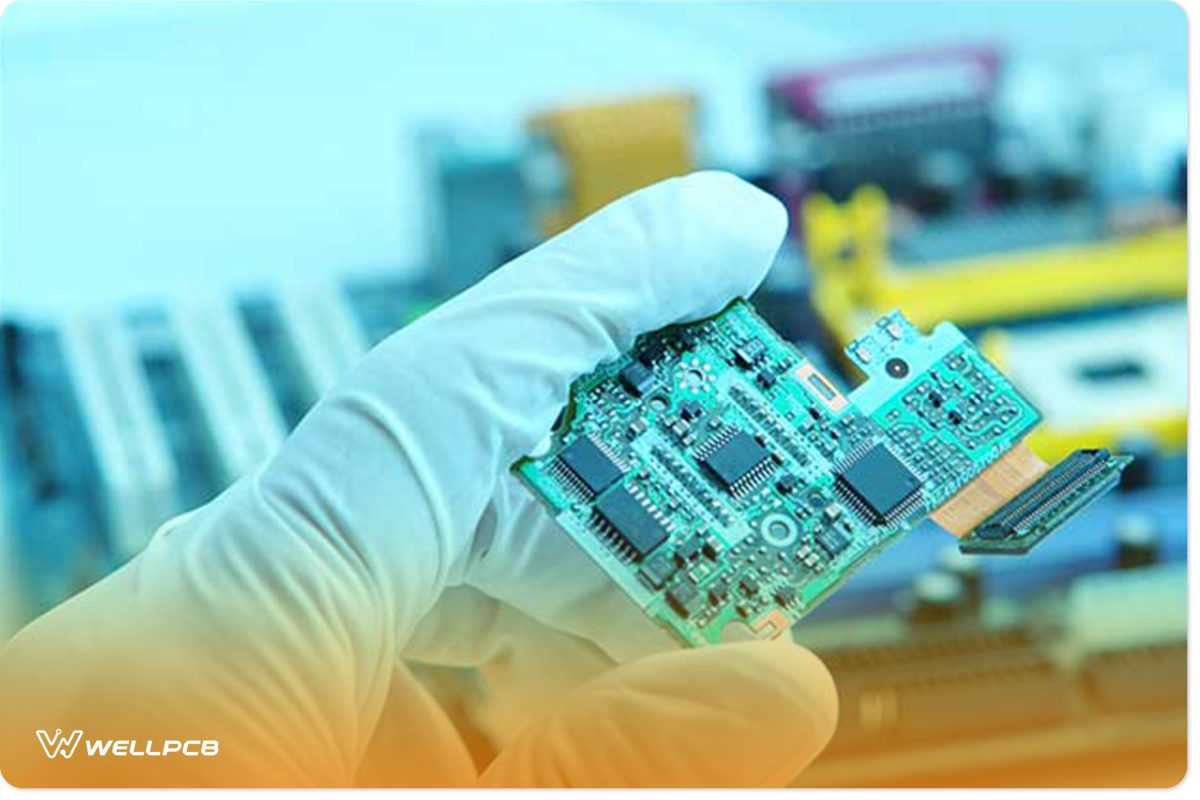
Conclusion
In this article, we have gone through the benefits of the Rapid PCB Prototyping manufacturing service. It leads to an unbeaten full production run in a shorter time, and then we provided a brief guide on what to look for and how to choose your prototyping service provider. Finally, we presented our rapid PCB Prototyping services. Supported by our new PCB and PCB assembly factories, we guarantee a fast and efficient service that fits your needs for reliable prototypes. Get your PCB quote NOW.





